Cats are mysterious little beings—graceful, elegant, and full of personality. They might not bark their feelings like dogs, but that doesn’t mean they don’t express them loud and clear—especially when they’re irritated. Every cat lover knows that a cat’s body language and subtle behaviors often say more than words ever could. But if you’ve ever wondered, “Is my cat mad at me?”, it’s time to decode those feline signals. Here are ten surefire ways your cat may be showing you they’re annoyed—and what you can do to make peace.
1. The Flicking Tail: A Whip of Displeasure
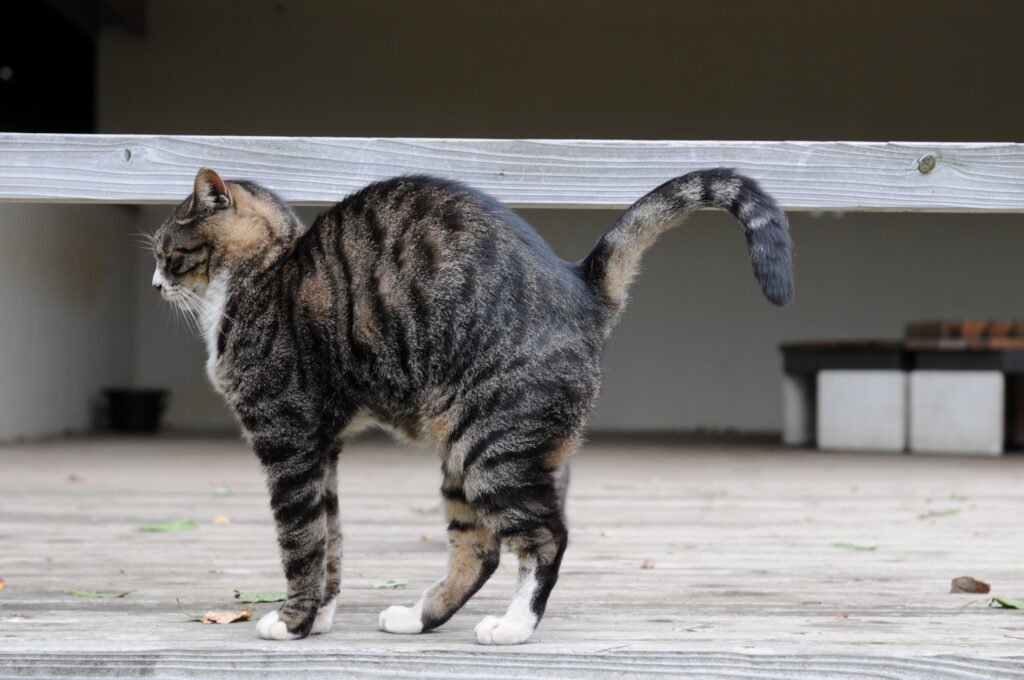
When your cat’s tail starts flicking back and forth rapidly like a metronome on overdrive, it’s not a sign of playfulness—it’s a warning flag. A cat’s tail is like an emotional thermometer; the faster and harder it moves, the hotter their frustration. This motion often appears when you’ve petted them too long, ignored their cues, or disrupted their personal space.
If your cat’s tail resembles a whip, it’s best to stop what you’re doing. Step back, let them cool off, and offer a calm environment. Pushing further could turn irritation into aggression. Remember, patience is key to maintaining your cat’s trust.
2. The Ears That Flatten Back
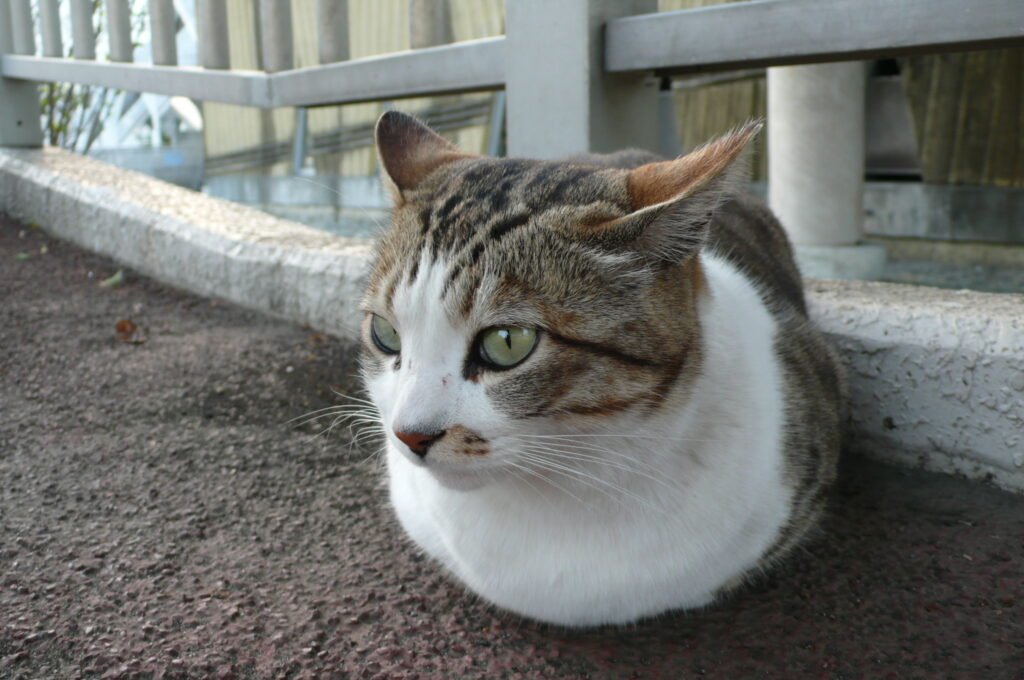
A cat’s ears are powerful emotional antennas. When they flatten against the head or swivel backward, it usually signals annoyance, fear, or defensive readiness. This posture can arise if your cat feels threatened, overstimulated, or displeased by loud sounds or unwanted handling.
To ease their discomfort, avoid sudden movements or loud noises, and let them retreat to a quiet space. Respecting their boundaries reassures them that you understand their mood—and that builds trust over time.
3. The Cold Shoulder (a.k.a. Silent Treatment)
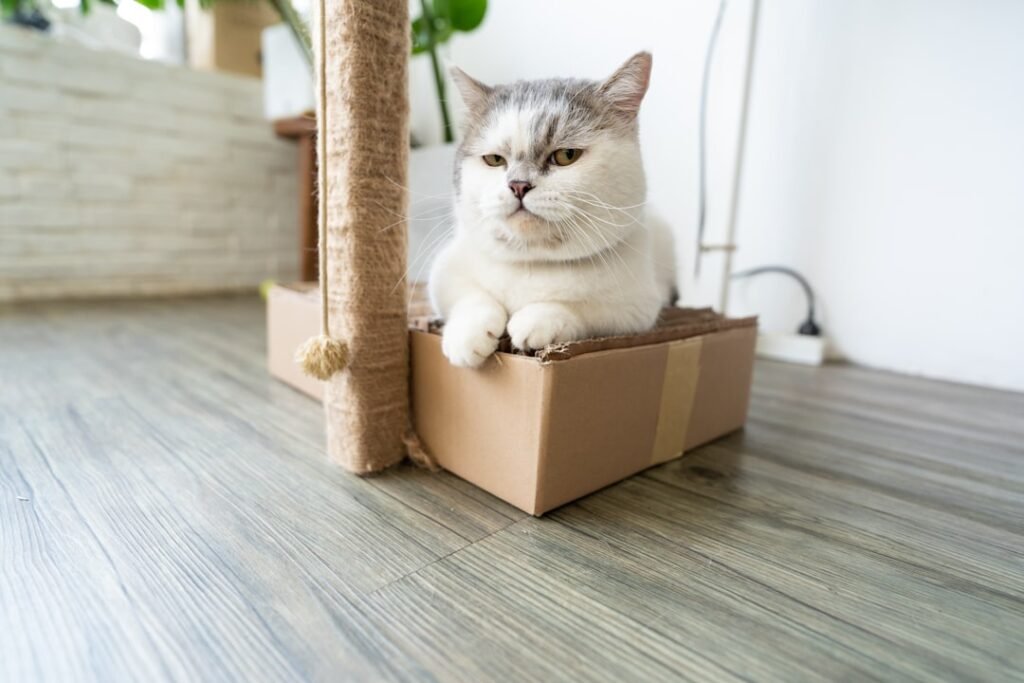
Cats are experts at passive-aggressive behavior. When they deliberately ignore you—turning their back, refusing to look at you, or moving to another room—it’s their version of “I’m mad at you.” This often follows something they didn’t like, such as a trip to the vet or a missed mealtime.
Give them space and don’t chase their affection. Let them come back when they’re ready. Offering gentle words, treats, or slow blinks can signal goodwill. Like humans, cats need time to forgive and forget.
4. Swatting or Biting During Petting

Does your cat suddenly nip or swat your hand mid-pet session? That’s not random aggression—it’s a clear “enough!” signal. Cats have varying thresholds for touch, and overstimulation can make them lash out. Even affectionate cats have limits on where and how long they like to be petted.
Learn your cat’s sweet spots—like under the chin or behind the ears—and avoid over-petting their belly or tail. Watch for early signs like twitching skin or shifting eyes to prevent an outburst before it happens.
5. The Slow, Angry Blink (or Narrowed Eyes)

While a slow blink from a relaxed cat means trust, narrowed eyes with tight facial muscles convey irritation or distrust. This expression often accompanies tense body language, such as a stiff posture or flicking tail.
If you notice this look, back off and let your cat feel safe again. Cats dislike being stared down—it feels like a challenge. Instead, offer slow, soft blinks from a distance as a gesture of calm.
6. Refusing Food or Treats
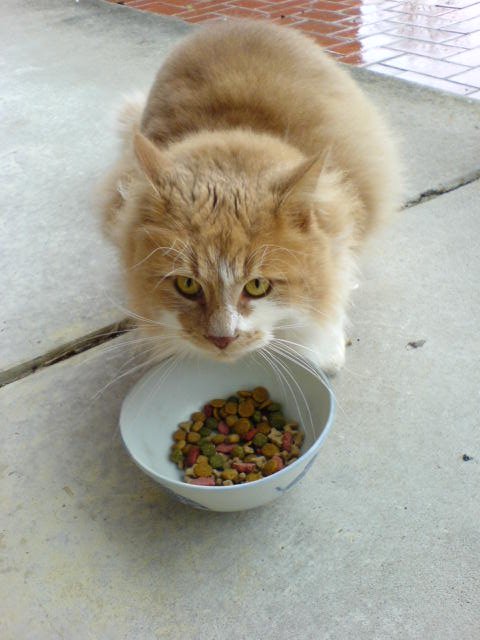
Cats are creatures of habit, and skipping a meal is rarely just stubbornness. Sometimes, it’s their way of protesting a change they dislike—such as a new brand of food, a disrupted routine, or recent scolding.
If your cat refuses food but seems healthy otherwise, try restoring familiar patterns. Sit quietly nearby, speak softly, and ensure their environment feels calm and safe. Persistent refusal, however, may indicate stress or illness—so consult a vet if it continues.
7. Knocking Things Over on Purpose

While playful swats at objects can be normal, deliberate destruction—especially when you’re watching—is often a sign of frustration or attention-seeking. Cats might push things off tables to express boredom or irritation when they feel ignored.
Don’t scold; it may make them more anxious. Instead, redirect their energy with interactive toys, scratching posts, or playtime. A mentally stimulated cat is a happy, less-destructive one.
8. Avoiding the Litter Box

When a well-trained cat starts “going” outside the box, it’s often more than a physical issue—it’s emotional. Cats use scent to communicate, and inappropriate elimination can signal displeasure with environmental changes, such as a new pet, person, or even a dirty box.
First, rule out medical causes with your vet. Then, assess recent changes in your home. Keep the litter box clean and in a quiet, secure spot. Offering extra reassurance and routine often resolves this behavior.
9. Growling, Hissing, or Low Grumbles

Verbal warnings like growls or hisses are unmistakable signs of annoyance or fear. These vocalizations mean your cat feels pushed too far and wants space immediately. Continuing to provoke them could lead to scratches or bites.
When you hear these sounds, stop and walk away. Give your cat time alone to settle. Later, approach gently and on their terms. Consistency and kindness help rebuild their comfort level.
10. Twitching Skin or Rippling Fur
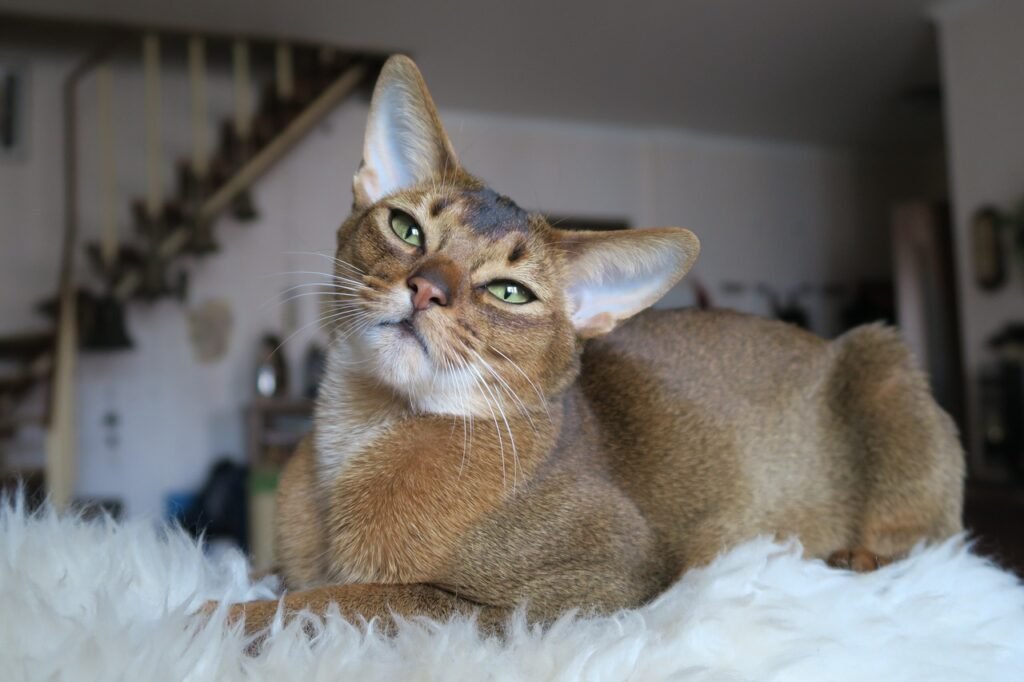
If your cat’s back suddenly ripples or twitches under your touch, it’s not random—it’s a physical sign of overstimulation or tension. This often happens when your cat’s sensory threshold is reached.
Pause your interaction when you see twitching skin. Give them room to relax before resuming affection. Over time, you’ll learn the exact signals that mean “that’s enough.”
Understanding your cat’s moods isn’t about decoding a puzzle—it’s about deepening your bond. Cats don’t act out of spite; their signals are their language. By observing their cues and responding with patience, you build trust and harmony. When your cat feels seen and respected, those moments of irritation turn into mutual understanding—and your relationship grows stronger and more loving every day.
Hi, I’m Andrew, and I come from India. Experienced content specialist with a passion for writing. My forte includes health and wellness, Travel, Animals, and Nature. A nature nomad, I am obsessed with mountains and love high-altitude trekking. I have been on several Himalayan treks in India including the Everest Base Camp in Nepal, a profound experience.





